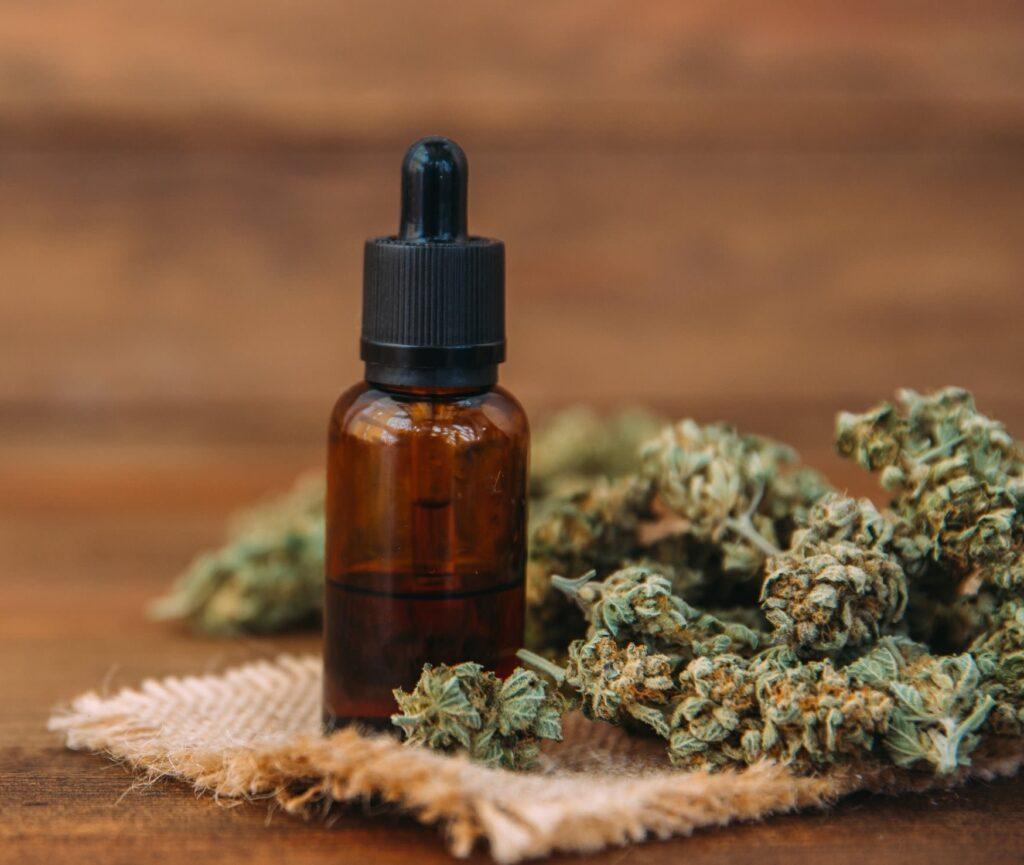Cannabidiol (CBD) mitigated the neuronal damage caused by kainate in an in-vitro seizure model, according to a new study published in the peer-reviewed journal Neurobiology of Disease.
The study states that epilepsy “is one of the most common brain disorder and, despite the possible use of several therapeutic options, many patients continue to have seizures for their entire lifespan and they need new therapeutic approaches.” In recent years “the interest on the non-psychoactive compounds present in Cannabis sativa has massively increased, and cannabidiol (CBD) has been shown to be effective in the treatment of different types of neurological disorders and neurodegenerative diseases such as epilepsy, ischemia, multiple sclerosis and Alzheimer’s Disease.”
For the study researchers “investigated the effects of the selected cannabinoids, Δ9-tetrahydrocannabinol (THC), CBD and cannabigerol (CBG) in rat organotypic hippocampal slices exposed to kainate, an in vitro seizure model.”
Cell death in the cornu Ammonis 3 (CA3) hippocampal subregion was quantified by propidium iodide fluorescence, and morphological analysis and tissue organization were examined by immunohistochemistry and confocal microscopy and microglia activation and polarization was evaluated using flow cytometry and morphology analysis.
When present in the incubation medium, “cannabidiol reduced dose-dependent CA3 injury induced by kainate. Conversely, incubation with THC exacerbated hippocampal damage.”
Researchers found that “Confocal microscopy confirmed that CBD but not THC had a significant protective effect against neuronal damage and tissue disorganization caused by kainate. Cannabidiol incubation significantly block the microglia activation from the M0 to M1 phenotype observed in the kainate in-vitro seizure model, pushing toward a transition from M0 to M2.”
The study concludes: “Our results suggest that CBD mitigated neuronal damage induced by kainate and blocked the transition from the M0 to the M1 phenotype.”
The study’s full abstract can be found below:
Abstract
Background: Epilepsy is one of the most common brain disorder and, despite the possible use of several therapeutic options, many patients continue to have seizures for their entire lifespan and they need new therapeutic approaches. In the last years the interest on the non-psychoactive compounds present in Cannabis sativa has massively increased, and cannabidiol (CBD) has been shown to be effective in the treatment of different types of neurological disorders and neurodegenerative diseases such as epilepsy, ischemia, multiple sclerosis and Alzheimer’s Disease.
Methods: We investigated the effects of the selected cannabinoids, Δ9-tetrahydrocannabinol (THC), CBD and cannabigerol (CBG) in rat organotypic hippocampal slices exposed to kainate, an in vitro seizure model. Cell death in the cornu Ammonis 3 (CA3) hippocampal subregion was quantified by propidium iodide fluorescence. Morphological analysis and tissue organization were examined by immunohistochemistry and confocal microscopy and microglia activation and polarization was evaluated using flow cytometry and morphology analysis.
Results: When present in the incubation medium, cannabidiol reduced dose-dependent CA3 injury induced by kainate. Conversely, incubation with THC exacerbated hippocampal damage. The neuroprotective effects of cannabidiol were blocked by TRPV1, TRPV2, 5-HT1A, and PPARγ antagonists. Confocal microscopy confirmed that CBD but not THC had a significant protective effect against neuronal damage and tissue disorganization caused by kainate. Cannabidiol incubation significantly block the microglia activation from the M0 to M1 phenotype observed in the kainate in-vitro seizure model, pushing toward a transition from M0 to M2.
Conclusions: Our results suggest that CBD mitigated neuronal damage induced by kainate and blocked the transition from the M0 to the M1 phenotype.


